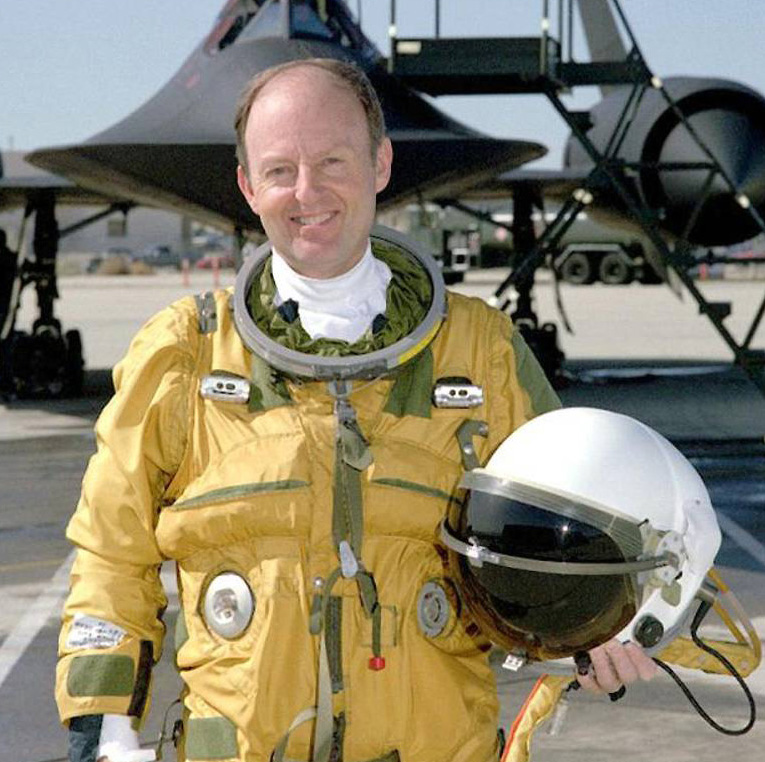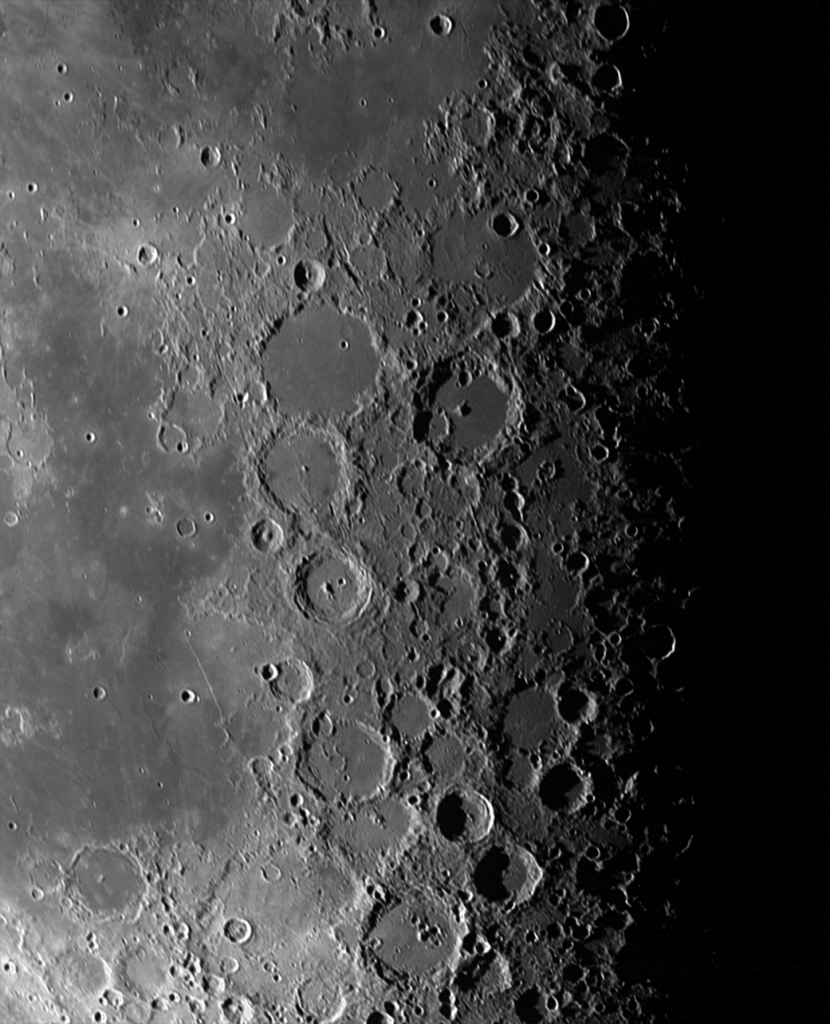
Rogers E. Smith
Armstrong Chief of Flight Crew
After a distinguished career at NASA’s Dryden (now Armstrong) Flight Research Center, Edwards, CA, Rogers E. Smith retired at the end of September 2000 to pursue a career in consulting. At Dryden, he was the Chief of the Flight Crew Branch for a number of years. In this position, often referred to as Chief Pilot, Smith headed the team of 13 research flight crews (including himself) at NASA’s premier installation for aeronautical research.
He had held this position since January 1993 except for a period from July 27, 1998, until March 27, 2000, when he served as the acting director of Flight Operations at Dryden. As acting director, he managed the Avionics, Operations Engineering, Flight Crew, Quality Inspection, Aircraft Maintenance and Modification, and the Shuttle and Flight Operations Support Branches.
At the time of his departure from Dryden, Smith was a co-project pilot on the F-15B aeronautical experiment testbed aircraft at Dryden. Among other airplanes, he also flew the F-18 and NASA’s DC-8 airborne science platform.
Smith was associated with NASA’s Langley Research Center in Virginia in 1967 as a research pilot, and has specialized in the areas of advanced flight control systems, stability and control, and flying qualities throughout his flying career.
Before becoming a research pilot at Dryden in 1982, Smith was Chief Pilot for the Calspan Corporation, Buffalo, NY, where he was a project engineer and pilot on the X-22A V/STOL aircraft and on the variable stability NT-33A aircraft.
Prior to his current assignments, Smith was a project pilot on the SR-71 and F-15 ACTIVE projects. He has been a project pilot on the X-31 Enhanced Fighter Maneuverability Demonstrator project, and the F-104 aeronautical research aircraft. Since beginning his NASA career, Smith has also been a project pilot on the X-29 Forward Swept Wing, the Advanced Fighter Technology Integration F-16 (AFTI F-16), and the AFTI F-111 Mission Adaptive Wing research projects.
Smith served as a pilot with the Royal Canadian Air Force from 1955 to 1963. He was a fighter pilot in the United States Air National Guard from 1970 until he concluded his service as a Group Commander of an F-16 Air Defense Unit in 1994. He has also served with the National Research Council of Canada, flying variable stability helicopters used for flying qualities research.
Smith received a Bachelor of Applied Science degree in Engineering Physics in 1959 and a Master of Applied Science degree in Aeronautical Engineering in 1961, both from the University of Toronto, and both as an Honors Graduate.
A former President of the Society of Experimental Test Pilots and a member of the American Institute of Aeronautics and Astronautics, Smith has written more than 30 technical papers.




























